When a beloved cat becomes ill or struggles with behavioral issues, pet owners face one of the most heart-wrenching decisions imaginable. The question of whether to pursue euthanasia weighs heavily on families across the world, sparking intense debates about when this final choice truly serves the animal’s best interests. This deeply personal decision intersects with complex ethical considerations, emotional turmoil, and professional obligations that extend far beyond a simple medical procedure.
The modern landscape of pet care has transformed dramatically, with cats increasingly viewed as cherished family members rather than mere companions. This shift has created new challenges for both veterinarians and pet owners as they navigate the murky waters of end-of-life decisions. Yet beneath the surface of these difficult conversations lies a fundamental question that continues to divide experts and families alike.
Understanding the True Meaning of Euthanasia

The veterinary profession maintains that euthanasia should be strictly defined as “euthanasia performed in what are believed to be the animal’s interests and which is not considered to be primarily motivated by convenience, economics or reasons to which veterinary team members object.” The word itself comes from the Greek language and literally means “good death.”
According to the American Veterinary Medical Association (AVMA), the choice to put an animal to sleep should be made with its best interests in mind and should result in a swift, painless death. It’s also applicable to animals who are terminally ill and would suffer as a result. However, this clear definition often becomes blurred when real-world situations arise.
The intention behind euthanasia matters significantly in determining whether the procedure serves the animal’s welfare. When veterinarians are asked to cause the intentional death of healthy companion animals that are unwanted or of sick animals that could be restored to health by routine veterinary interventions, the appropriate use of the term euthanasia becomes questionable.
The Overwhelming Reality of Inappropriate Requests

Studies show that 93% of North American veterinarians had received what they felt was an inappropriate request for euthanasia. Another study found that 80% of small animal vets had declined at least one euthanasia request in their career. The British Veterinary Association recently published results revealing that 98% of veterinarians have been asked to euthanize a healthy pet.
The survey cites problems with behavior or poor socializing at an early age as the main reasons for owner-requested or convenience euthanasia. Approximately 39% of respondents cited “moving to [an] accommodation that is unsuitable for pet” as another reason and 32% said owners were being legally forced to euthanize.
These statistics reveal a troubling pattern where healthy animals face death not because of suffering, but due to human convenience or circumstances. The frequency of such requests places enormous moral pressure on veterinary professionals who entered the field to heal and protect animals.
When Veterinarians Say No: The Right to Refuse
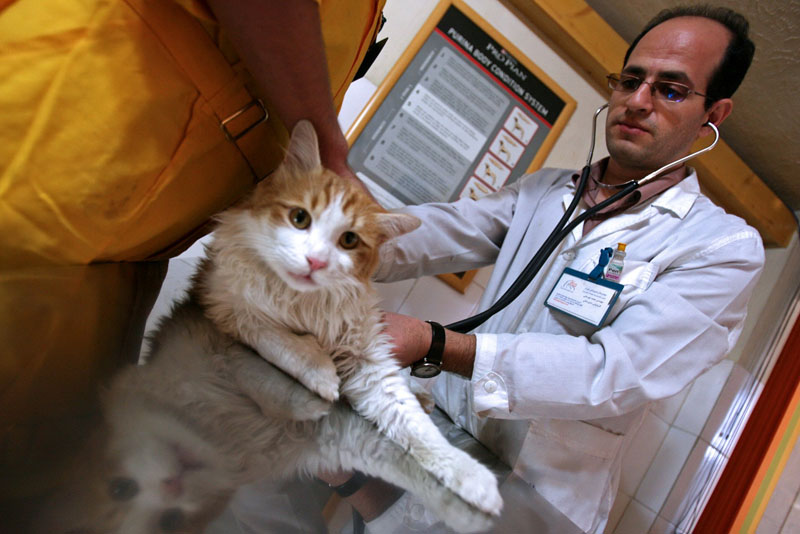
Veterinary practitioners may refuse to euthanise animals where it is not necessary on humane grounds if they have a moral objection but must give the client the option of seeking the service elsewhere. When a companion animal is not ready to die, you may or may not find that your vet will, for ethical and professional reasons, decline a request to end the animal’s life. And often it will be their moral imperative to do so.
A survey of UK veterinarians found that 81 per cent had refused to perform euthanasia, with the median frequency of euthanasia refusal “yearly or less.” In the same study, 71 per cent of respondents reported wanting to refuse a request but performing euthanasia anyway.
The most common reasons for euthanasia refusal were lack of a perceived legitimate reason for euthanasia (for example, a young healthy animal), better options available (for example, the animal was rehomeable), owner decision making (for example, lack of clarity around consent), insufficient owner interests (for example, convenience or economic reasons cited) or a perception that the reason for euthanasia was the owner’s fault.
The Convenience Euthanasia Dilemma
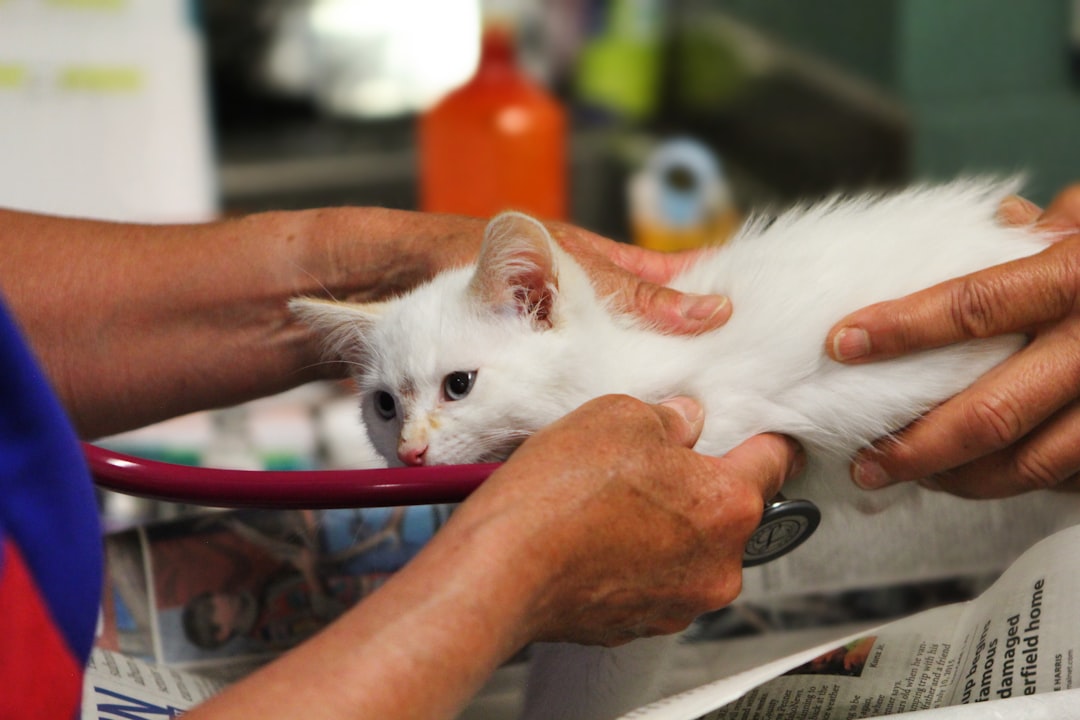
Vets often grapple with the moral dilemma of when a client wants to kill an inconvenient pet. Clients might, for instance, hint that caring for the pet has become too much trouble, or that it interferes with their lifestyle or living situation. This is called “convenience euthanasia”.
Convenience euthanasia is when you ask a veterinarian to put down your pet for reasons other than serious illness or suffering. These reasons might include lifestyle changes, moving, or just not wanting to care for the animal anymore. Maybe you feel overwhelmed by your pet’s behavior, or a new family situation makes things harder. Sometimes, people consider euthanasia if their pet becomes too expensive or takes up too much time.
By definition, cases of convenience euthanasia are unique in that the best interests of the animal are not taken into consideration. At first glance, the decision concerning convenience euthanasia creates a situation in which the animal’s interests are not respected. This fact creates a stressful situation and a negative psychological impact on veterinarians.
The Complex Web of Quality of Life Assessment

Quality of life can be difficult to define and often looks different for each individual pet and family. Six major categories can be considered: mobility, hydration, appetite, hygiene, happiness, and pain. There are also many sensations that can detract from a pet’s quality of life, including physical pain, nausea, pruritus, breathlessness, thirst, and hunger.
Additionally, social and emotional factors like anxiety or phobias, fear, isolation, loneliness, boredom and frustration, and stress can have major negative effects on quality. Ultimately, we must find a way to measure a subjective concept.
Quality-of-Life Scales tend to consider things like pain, sleep patterns, appetite and drinking, house soiling, mobility, energy/stamina, and emotions and mental state. The goal is to measure physical and emotional states, with some scales having an imbalance between the two. The end result may show that the pet’s physical state is poor even though they may remain happy and content.
Veterinarians tend to be familiar with quality of life scales that seek to objectively measure when euthanasia is warranted to avoid negative states of suffering, such as pain, physiologic and emotional distress, and anxiety. Unfortunately, they are subjective to the point that one household may score their pet’s QOL very differently than another household in a similar situation.
Behavioral Issues and Mental Health Considerations
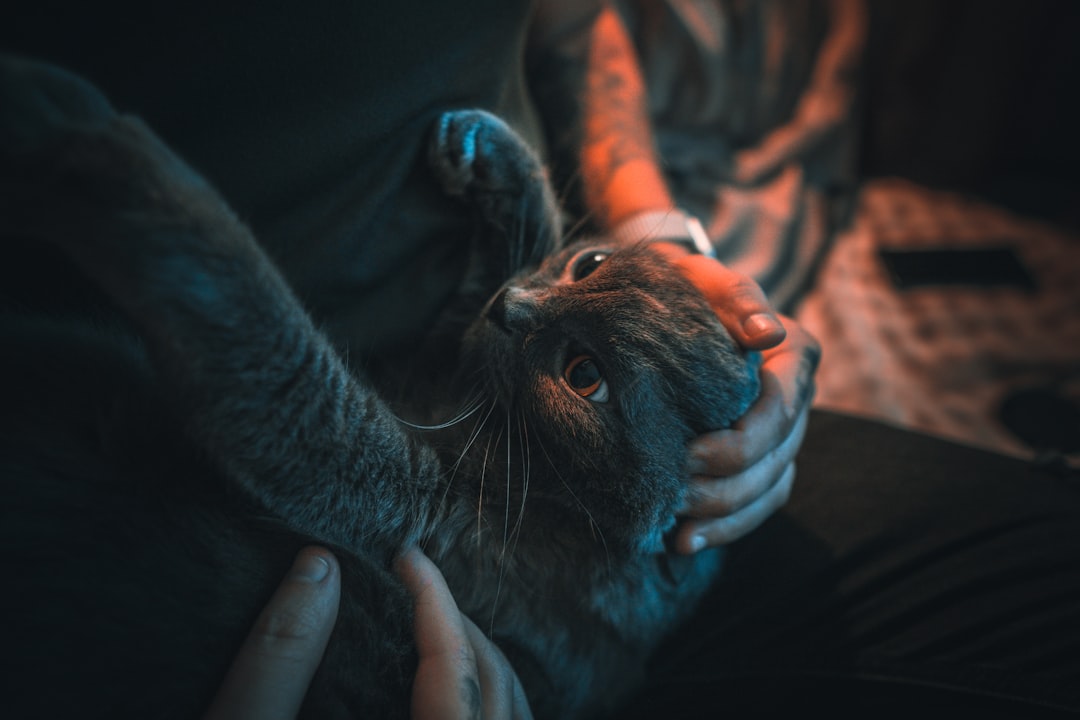
There has been a history of discounting psychological disorders, but medical professionals now know that these are diseases, like cancer or diabetes. Sometimes the pet has a true emotional disorder that is not man-made through mistreatment or lack of training. Medical professionals now know that these are diseases, like cancer or diabetes.
Emotional well-being and mental suffering may not be as visible to us as physical pain and disease but can significantly affect your pet’s quality of life and, therefore, yours. When making euthanasia decisions, it is important to consider your pet’s overall emotional state and well-being.
Working with your veterinarian to explore medical options, you may decide that euthanasia is the best choice for your pet, your family, or the public. Regardless of the psychological cause, euthanasia may be a valid treatment plan and may be the only option. Behavioral euthanasia is hard for both the family and the veterinary team.
However, many behavioral issues stem from underlying medical conditions that could be addressed with proper treatment and patience.
The Emotional Burden on Pet Owners
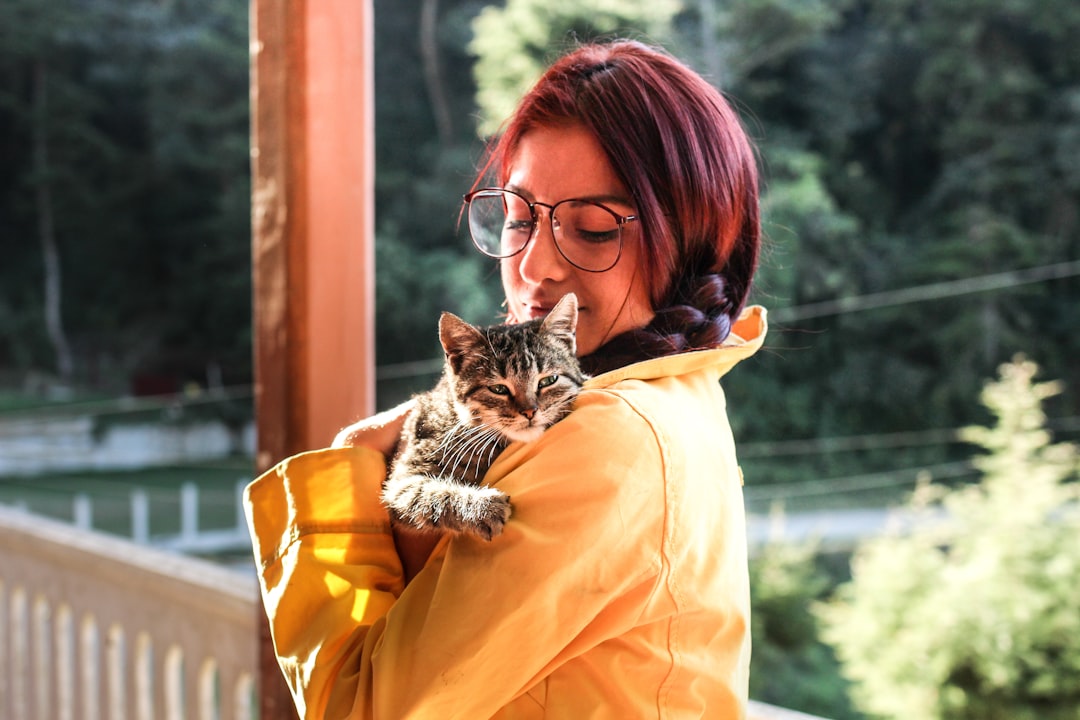
Saying “goodbye” to your cherished pet is one of the hardest decisions you’ll ever have to make. We know your pet is your family, friend, and companion, and making choices about their end-of-life care feels absolutely heartbreaking. That’s why it’s common to feel a range of heavy and difficult emotions when you’re faced with these decisions.
While the euthanasia decision making process is unique for each pet family, it’s normal to experience these challenging emotions. You’re not alone in asking yourself hard questions and feeling unsure of how to cope and move forward.
When a pet is to be euthanized, the decision can generate overwhelming feelings of guilt and the idea that there has to be one more step that could have been taken. Even with the support of family and your veterinarian, the guilt may not be reduced. The decision can generate overwhelming feelings of guilt and the idea that there has to be one more step that could have been taken. Even with the support of family and your veterinarian, the guilt may not be reduced.
Feeling relief during this time does not diminish your love for your pet. Quite the contrary, it’s healthy and completely normal to take comfort in the idea that you did everything you could, and your pet is no longer suffering.
The Moral Stress on Veterinary Professionals
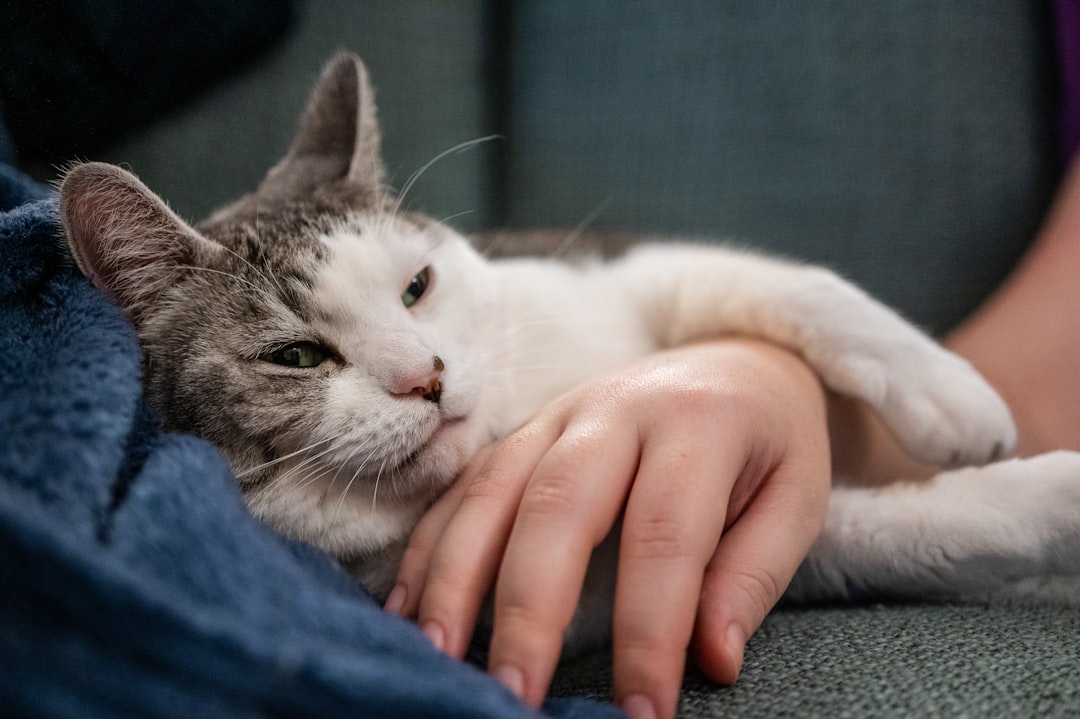
Moral stress – when professional obligations conflict with personal ethics – can weigh heavily on veterinarians. Studies show that 93% of North American veterinarians had received what they felt was an inappropriate request for euthanasia. Another study found that 80% of small animal vets had declined at least one euthanasia request in their career.
Even when requests for euthanasia go beyond mere “convenience”, they can still be deeply morally troubling for vets. This can cause moral distress to veterinarians. Moral distress is thought to be one reason why veterinarians suffer professional burnout and compassion fatigue. In fact, vets have a higher suicide rate than the general population.
There seems to be a weak but positive correlation between number of euthanasias performed each week and the presence of depression in veterinarians. Euthanasia is often deeply emotional for clients and, depending on confounding circumstances that may involve financial constraints, difficult client interactions, and moral stress, it can also be emotional for the veterinarian and veterinary team.
The psychological toll on veterinary professionals creates ripple effects throughout the entire profession, potentially impacting the quality of care provided to other animals.
Economic Factors and Their Ethical Implications

According to DVM Newsmagazine, a monthly veterinary popular magazine, the average price at which a pet owner decides to stop medical treatment for his pet and have it euthanized is $1,451. Three-fourths of all suggestions for euthanasia are started by the client. The reasons for this can include anything from the behavior of the animal to monetary constraints on the owner to the health of the animal.
Long-term medical care can be a burden that you and your family may be unable to bear emotionally or financially, and this should be discussed openly and honestly. Economic, emotional, and space limitations or changes in lifestyle also may cause an owner to consider euthanasia for their pet.
The family’s budgets must be considered, including physical ability to medicate and provide nursing care, time to perform treatments like bathing or maintain a medication schedule, and emotional capacity to provide care. Caregiver burden can be experienced when caring for a sick pet and may be influenced by many factors including caregiving responsibilities for other pets or human family members as well as past experiences with sick pets.
While financial constraints are real and significant, they raise difficult questions about the value we place on animal life and the responsibilities that come with pet ownership.
When the Decision Becomes Clear
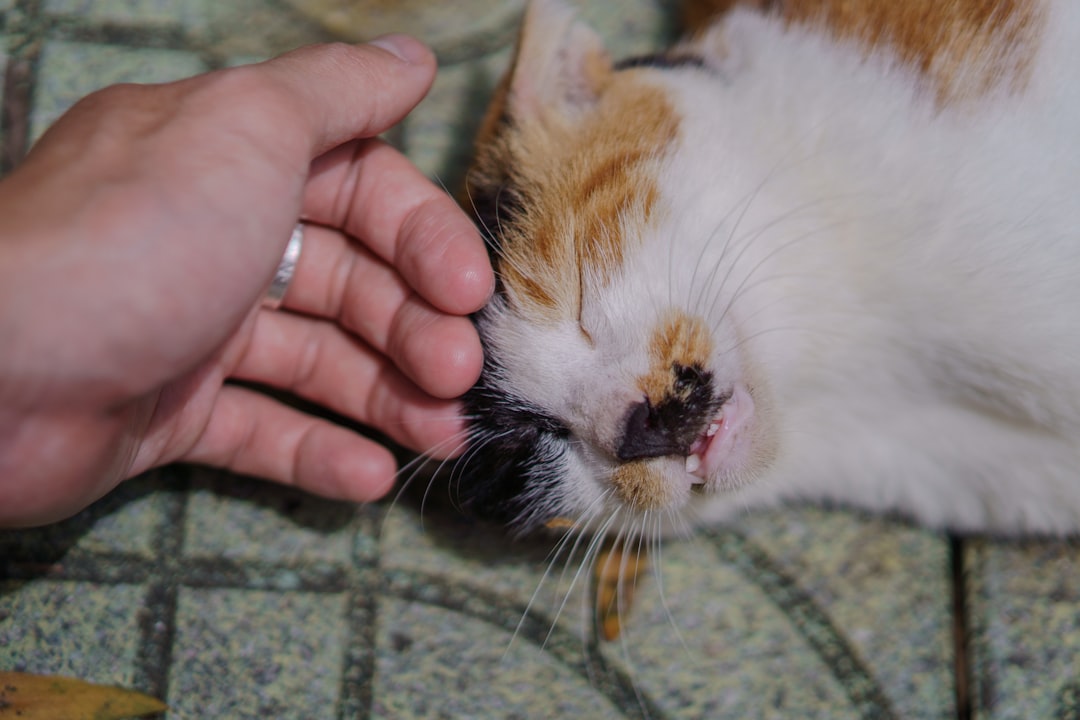
There really is no other decision we make in life that is similar to choosing euthanasia. People expect to feel clear about it and to know when it will feel right. But if you wait for that moment, you may prolong unnecessary suffering.
There is a difference between knowing intellectually that an animal’s life is at its end and feeling ready to choose euthanasia. In a 30-year career, Moses has had only three people tell her they felt they euthanized their pet too soon. Pet parents often hope the pet will die peacefully in his or her sleep, but this rarely happens, and the pet usually suffers.
For Moses, decisions about euthanasia come down to quality of life. “When I meet a new patient for palliative care or a pain consultation, we always start with a quality of life assessment and come to a mutual agreement about what is in the best interests of the patient,” she says. To reach the best decision, Moses helps pet parents identify particularly important elements of the pet’s life and recognize that when those are lost, quality of life is greatly diminished.
The timing of euthanasia often involves recognizing subtle changes that indicate a beloved pet’s world has become too small or painful to endure.
Conclusion: Navigating Difficult Waters
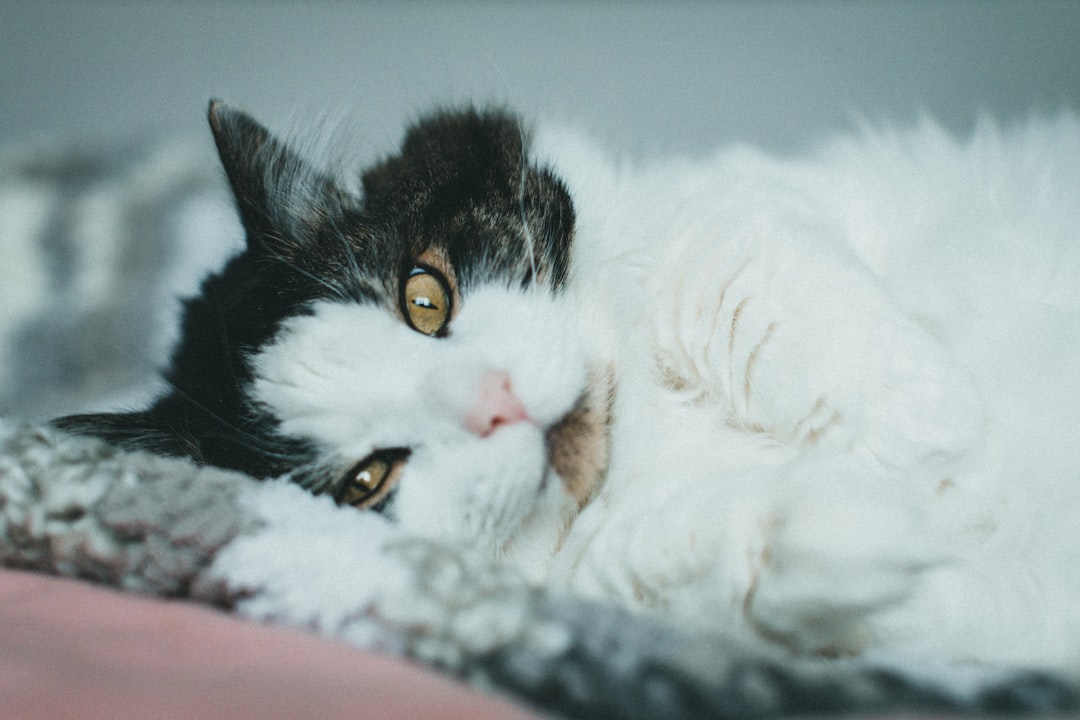
The debate over cat euthanasia reveals the complex intersection of love, responsibility, and moral obligation that defines our relationships with companion animals. In many cases, deciding on euthanasia is an owner’s final act of kindness and caring. Yet this decision should never be taken lightly or made for reasons of mere convenience.
The decision to euthanize a pet should be one that you always look back upon and know that the best decision was made and that you would make the same decision again in the same situation. This requires honest assessment of the animal’s quality of life, consideration of all available alternatives, and recognition that sometimes the most loving choice is also the most difficult one.
The veterinary profession continues to grapple with these ethical dilemmas while striving to protect both animal welfare and the human-animal bond. Many clients who love their pets may be reassured that their vet is a strong patient advocate who does not kill animals for frivolous or inadequate reasons.
As we navigate these challenging decisions, perhaps the most important question isn’t whether euthanasia is always the right choice, but rather whether we’re making that choice for the right reasons. What do you think defines the right reasons when faced with this ultimate decision about a beloved companion’s life?





